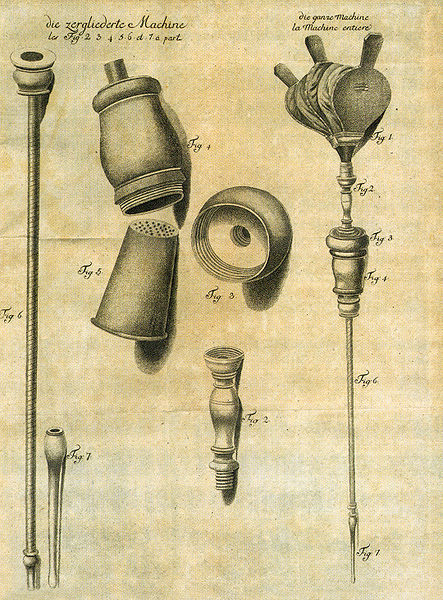Post by HLTD50 student TChainz
“Medicine is a science of uncertainty and an art of probability” – William Osler

Classical version of the Hippocratic Oath in Greek with Latin Translation by its side. Public Domain.
Art is the projection of our experiences and ourselves. When I first enrolled in HLTB50, Introduction to Health Humanities, I had a revelation in which I would carry throughout my journey in becoming a Medical Officer in the Canadian Armed Forces. For a long time, I’ve had the mindset that physicians were science- and evidence-based in thinking and only work in a logical sequence of steps, following a rigid structure to deliver treatment and care to the patient. But there was much more beyond treating a patient. It was revealed to me that there was much more than traditional techniques, skills, and expertise in medicine. The medical profession wasn’t simply the treatment of disease or illness. It was a form of art, an expression and application of human creative skill, a manifestation of one’s imagination: to tailor therapy, to customize a plan to suit a particular individual, to guide patients on choosing the best option, to communicate with empathy and compassion while above all, to make your actions as a doctor to be objective, righteous and ethical.
The Hippocratic Oath, a classical Greek text to the healing gods that has become the source for contemporary declarations of physicians’ ethical standards, reads “In purity and according to divine law will I carry out my life and my art,” and, “So long as I maintain this oath faithfully and without corruption, may it be granted to me to partake of life fully and the practice of my art”. One of the oldest binding documents in human history refers to the practice of physicians as a form of art. Health in the humanistic perspective emphasizes the whole individual rather than the focus of certain parts as is conventionally done in medical practice; the humanities also gives us a way of looking at humans not only through the eyes of the physician-observer, but through the eyes of the person as patient–and more importantly, their side of the story.
*
We often think that doctors simply diagnose, formulate treatment plans and provide service to patients in what seems like a dispassionate and even apathetic relationship. In order to forge a relationship that is humanistic and empathetic, the notion of “doctor as maker” allows health to manifest itself as a form of art. In Doctors as Makers, Dr Jay Baruch suggests that “the traditional role of doctor as a science, evidence-based practitioner include that of a “maker” (creator) and artist.” Baruch pushes for us to reimagine that way we view medical knowledge and patient stories by implementing a creative space in medicine. By reconsidering medical practice from a solid, structural form into a creative act, we can break the limitations and uncertainty as imagination is infinite. The ability to be creative allows the extension of our minds and allow physicians to be more sensitive and empathetic to patients.
For example, early medicine focusing solely on techniques and disregard of the patient have led to several occasions that have been more harmful than beneficial such as bleeding, cathartics, when doctors literally “blew smoke up your arse” by inserting a tube into the rectum and smoke is blown through to treat medical ailments. Despite in making patients feel miserable or in some cases, kill them, over time medicine and its professionals have earned enhanced regard and prestige. Today, as the writings of critics like Baruch and others make clear, doctors continue to function as technicians in which science is overwhelming art. Perhaps that may be why we see an emphasis on students enrolling in science programs, and non-STEM fields such as liberal arts aren’t really regarded so highly. What health professionals gain in science, they may be losing in other, domains where treating the disease becomes the focus over the patient.
*
When I contracted an illness during military training, I remember the Medical Officer assigned to me would often apologize throughout my visits and constantly made sure I was doing okay, which I was truly grateful for. Though he may not remember doing so, the way he spoke and treated patients made a deep impression on me. Certainly, there lies a power difference between physician and patient, where the patient is in a vulnerable state but hearing an apology and offered kindness in acknowledging the patient certainly made me felt cared for and most of all, “human.” Though I might’ve been the tenth patient he has seen that day, just those few moments of kindness was long lasting. These simple, small acts of kindness surmount to an immense feeling of compassion and serve as an inspiration for me to join the ranks of the Canadian Forces Health Services Group.
It is the ultimate endeavor in discovering the life of another human being and experiencing their stories for yourself is a humble privilege – a chance to not only help but to be there for them in their time of need. The most important art doctors possess is the ability to maintain dignity and nobility in their profession in accordance with Hippocrates will. Good doctors will treat the disease but the best doctors find ways to focus on the patient.
